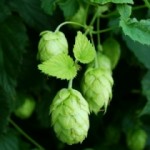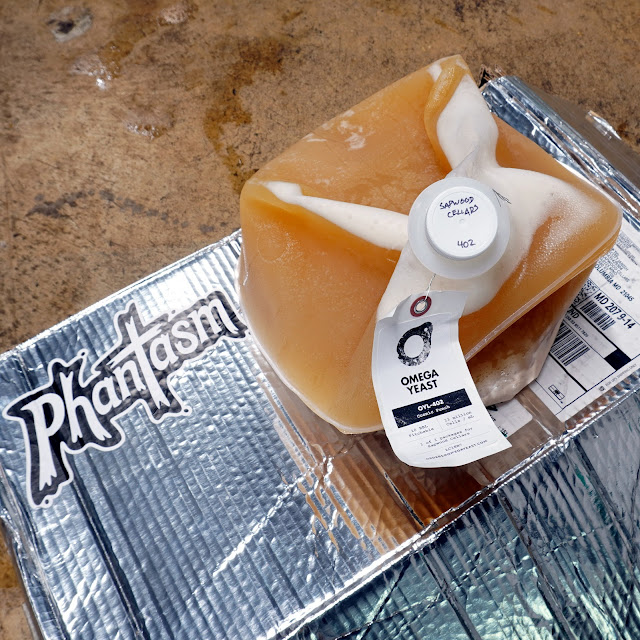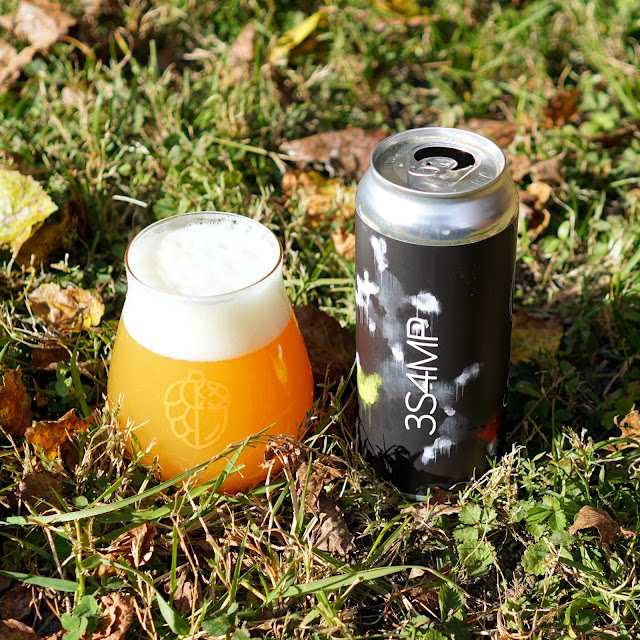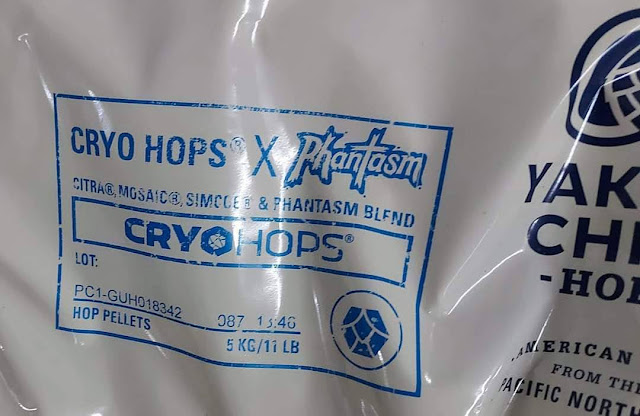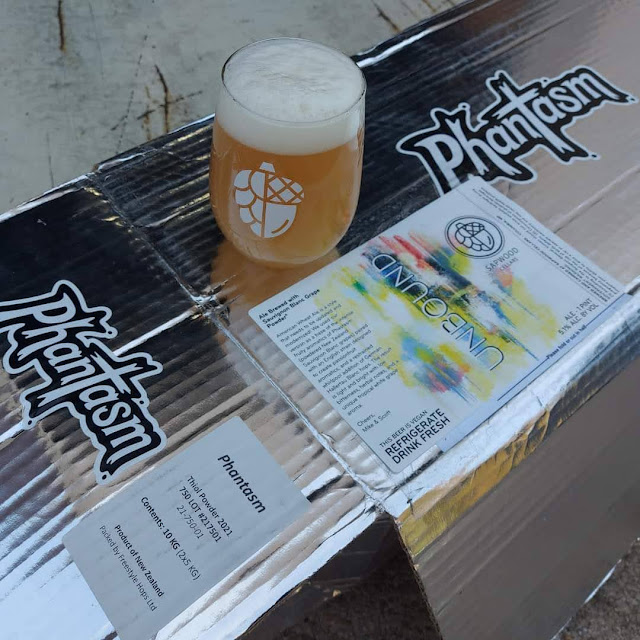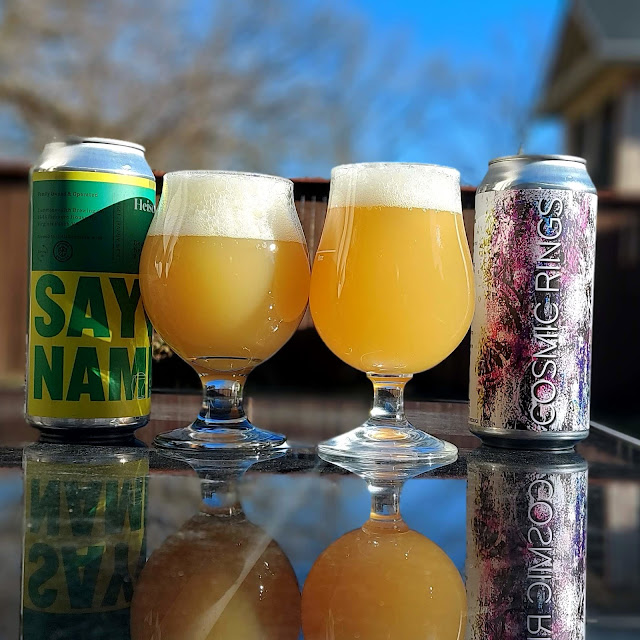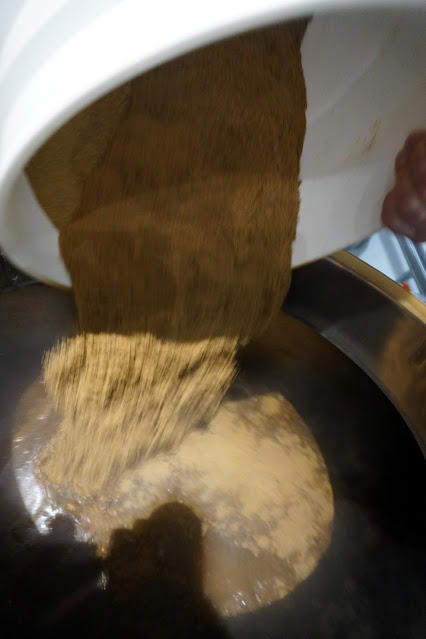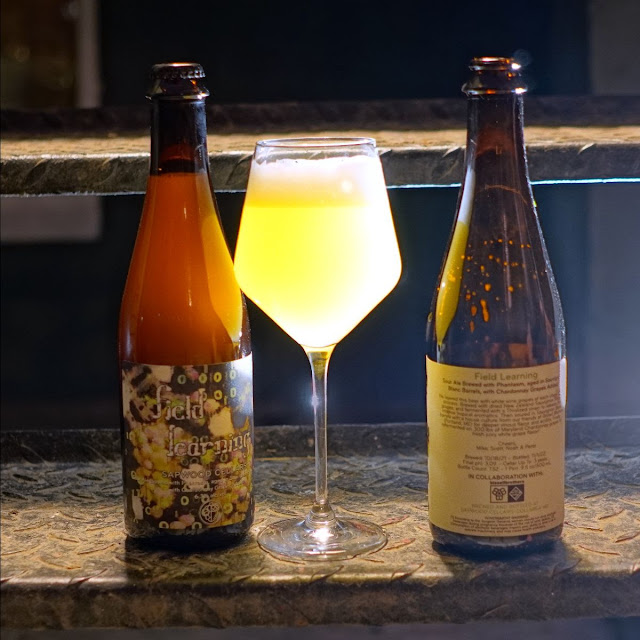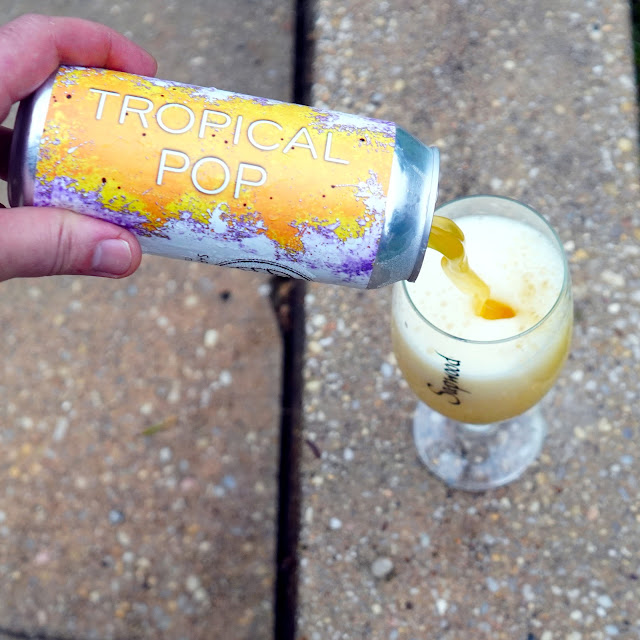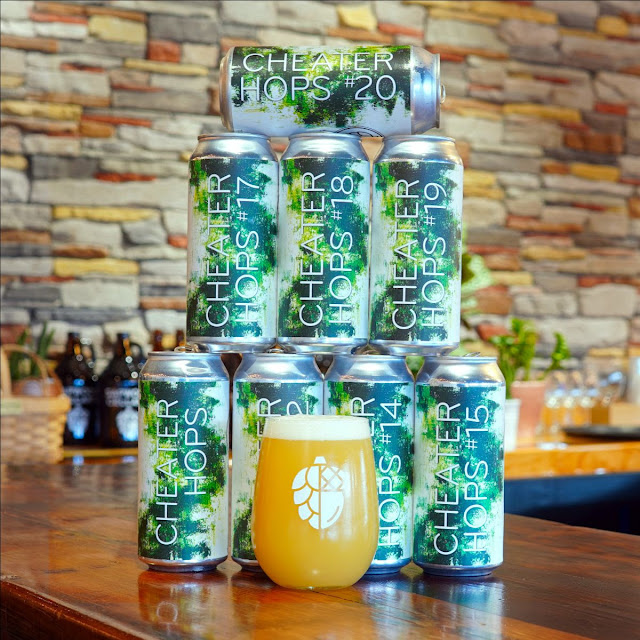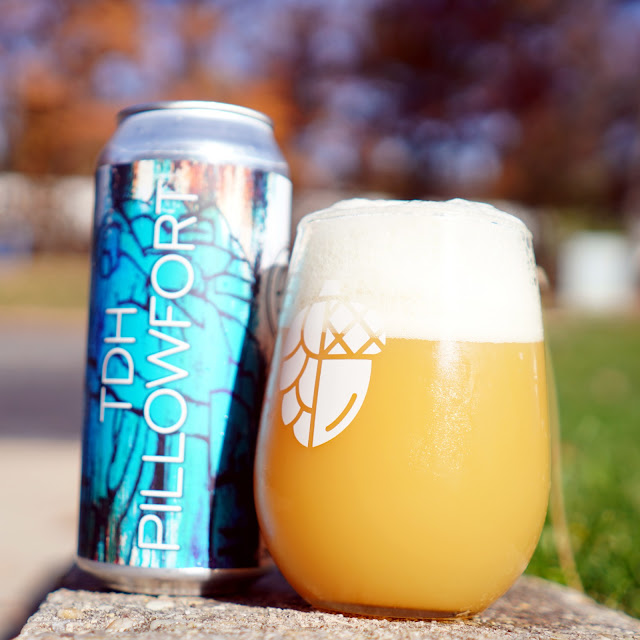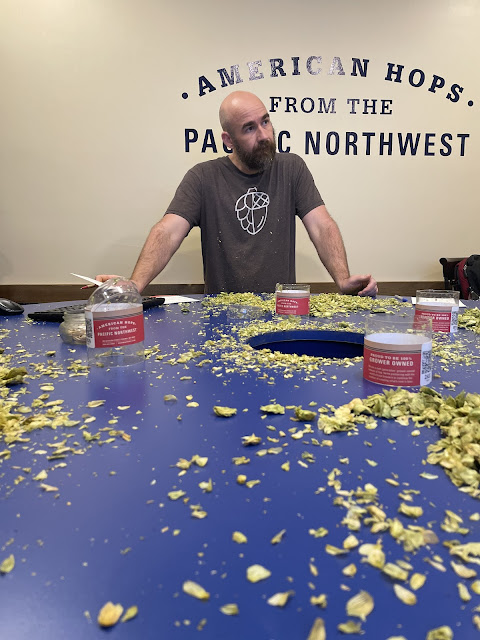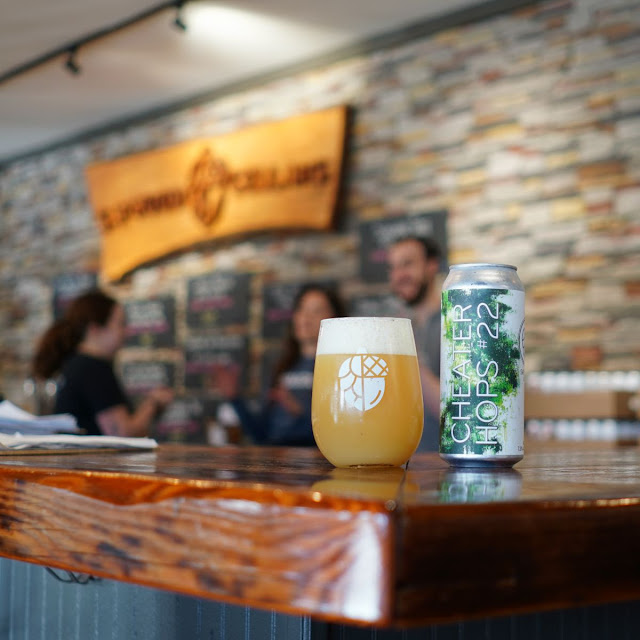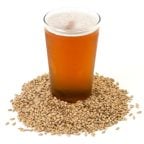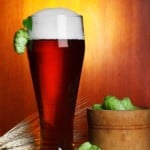aroma
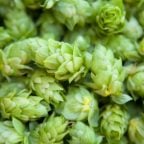 This week I examine a group of US hops from the Pacific Northwest. These American hops form the heart of the US Craft Beer revolution and are widely used in American Pale Ale, and the wide array of India Pale Ales (IPAs) that now dominate Craft Beer production in the US. The Pacific Northwest Hops […]
This week I examine a group of US hops from the Pacific Northwest. These American hops form the heart of the US Craft Beer revolution and are widely used in American Pale Ale, and the wide array of India Pale Ales (IPAs) that now dominate Craft Beer production in the US. The Pacific Northwest Hops […]  This week I take a look at the Noble hop group which are varieties of hops primarily grown in Continental Europe for use in European lagers and ales. Noble Hops The noble hops group are varieties of hops mainly grown in Central Europe that are characterizes by rich aroma and flavor. They are widely used […]
This week I take a look at the Noble hop group which are varieties of hops primarily grown in Continental Europe for use in European lagers and ales. Noble Hops The noble hops group are varieties of hops mainly grown in Central Europe that are characterizes by rich aroma and flavor. They are widely used […]  This week I take a look at yeast autolysis which is the decomposition of yeast, and how it affects beer flavor as your beer ages. Yeast Autolysis The word autolysis literally means self-destruction, and yeast autolysis is the final stage for a yeast cell life where the yeast cell wall literally bursts open and releases […]
This week I take a look at yeast autolysis which is the decomposition of yeast, and how it affects beer flavor as your beer ages. Yeast Autolysis The word autolysis literally means self-destruction, and yeast autolysis is the final stage for a yeast cell life where the yeast cell wall literally bursts open and releases […] Hops once destined for beer have found a new prominence in hard seltzers, kombucha, and cocktails.
The post New Hope For Hops appeared first on CraftBeer.com.
So why all of the excitement from our fellow craft brewers? Obviously many of the collab requests are due to Scott's writing about and advocacy for thiols, but are they just something new that will be passé soon, or are these strains here to stay?
Thiols are sulfur-containing compounds that are often potent aromatics. The ones brewers are excited about are tropical, winey, and citrusy, while other thiols are intensely unpleasant with aromas of garlic or rotten eggs... which is why the thiol mercaptan is added to natural gas to alert people to leaks. The "skunky" aroma of light-struck beer is also 3-methyl-2-butene-1-thiol.
Unlike many other beer aromatics that require concentrations in the ppm (parts per million) or ppb (parts per billion) many thiols have an aroma threshold in the range of 5-70 ppt (parts per trillion). This means that it doesn't take much of them to be apparent, but also means that it doesn't require "high" concentrations to become dominant.
In terms of positive beer and wine aromatics, the thiols that get the most attention are 4MMP, 3MH, 3MHA, and 3S4MP. These have perceptions that range from passionfruit, to grapefruit, to rhubarb. These are the intense aromatics that give New Zealand Sauvignon Blanc wines their distinct aromas and are found free at low-levels in many New Zealand hops (as well as some other varieties from around the world).
Most of the thiols found in hops, malt, and other botanicals are bound and thus not active aromatically. Enzymes are required to free them. There are wine strains available capable of this, but getting those genes into brewer's yeast requires more work.
Bound thiols are found in both malt and hops, but levels vary widely. The bond in need of breaking comes in two "flavors" Cysteinylated (Cys) and Glutathionylated (Glu). The vast majority (90%+) in both malt and hops is Glu. The IRC7 gene in certain wine strains and Omega's Cosmic Punch can only work on the less common Cys. As a result, mash hops are most potentially beneficial for Cosmic Punch, as the enzymes in the mash (especially in the acid-protein rest temperature range) can help convert Glu to Cys. Luckily some less expensive hop varieties have the highest levels of bound thiols. We've used Saaz, Cascade, and Calypso with good results.
The more intense strains like Berkeley Yeast Tropics line and Omega's Helio Gazer, Star Party, and Lunar Crush can simply be added to a standard recipe with or without whirlpool hops. Rather than having more copies of the IRC7 gene, they have a wholly different gene which can free Glu-thiols directly. The IRC7 gene in Cosmic Punch is "sourced" from yeast, while patB Omega uses in the more assertive strains is from a bacteria (if transgenic CRISPR/Cas9 gene modification is a step too far for you). We fermented a kettle sour which only had a small dose of hexalone (isomerized hop extract for head retention) with London Tropics. The result was intensely passion-fruity, so much so that it could almost pass a fruit beer.
GM (genetically modified) yeast strains aren't allowed in commercial beers in many countries (e.g., Canada, New Zealand). As a result there are labs working with wild isolates capable of freeing thiols for co-fermentations (e.g., CHR Hansen - it is primarily marketed for NA beers) and breeding strains with heightened thiol freeing capabilities (e.g., Escarpment). Omega initially worked on yeast breeding between English ale and a wine strain capable of freeing thiols... our trials with it (Designer Baby) were interesting, but had too much of the wine strain's idiosyncrasies present (poor flocculation especially).
Pros:
-Intense aromatics that are otherwise impossible to achieve from hops, malt, and yeast
-Thiols have incredibly low aroma thresholds... measured in ppt (parts per trillion)
-Thiols are "free" no expensive hops or fruit required
-Thiols may help increase shelf-life by scavenging oxygen
Cons:
-Higher perceived "sulfur" aromatics are frequent in thiol-freeing strains
-Some brewers/consumers/countries prefer to avoid GM ingredients
-Thiols can be "one note"... is it really that different from adding a jar of passion fruit extract?
-Repitching the yeast doesn't make as much sense if you also want to brew English Ales, Porters/Stouts etc.
Initially there was a focus on maximizing thiol concentration. This could include colder fermentation temperatures, mash hops, and engineering strains with more assertive genes. Like most aspects of brewing (or cooking) maximizing a single flavor compound doesn't usually result in the best overall flavor or balance.
Thiols aren't typically a "primary" aromatic in beer, so a beer with over-the-top thiol concentration without anything to play off of can taste artificial. On the other hand, some of our heavily dry hopped DIPAs have tested at over 100X the flavor threshold for 3MH and still weren't the primary aroma thanks to competition from the "traditional" hop aromatics. From those test, I wouldn't worry about dry hopping removing all of the thiols.
As a general rule, I'd suggest using a more restrained approach to thiols in lighter/cleaner/simpler beers. It doesn't take much to add a unique twist to a lager or American wheat, where a double-dry-hopped DIPA or fruit beer may benefit from a much higher amount. In the end it's about your palate and goals for a beer.
In my experience expressing thiols doesn't make every hoppy beer better. They add a distinct note that can greatly enhance the perception of passionfruit-type aromatics. That is a wonderful contribution when you are leaning into those flavors, but can be distracting or muddle other flavors. For example, I love the "mango popsicle" aroma of great Simcoe. However, with one of the intense strains like London Tropics or Helio Gazer in an all-Simcoe beer can become more generically "tropical" rather than varietal "mango." On the other hand, when dry hopping with passion-fruity Galaxy, or brewing with actual passionfruit the thiol note helps to enhance the existing aromatics.
Hand-in-hand with thiol-expressing yeast goes Phantasm. It is essentially the dried and powdered remnants of the highest-thiol New Zealand Sauvignon Blanc grapes. As a result it comes with a high price-tag of ~$35/lb. It really doesn't smell like much before fermentation. Added to the whirlpool it adds a huge amount of bound thiols for the yeast to work on.
During fermentation I detect a distinct "white grape" flavor and aroma that I don't get from other thiol-expressing ferments that rely on grain and hops alone for bound precursors. A lot of this drops out with the yeast however and the finished beers are rarely as distinct. To my palate the added expense is hard to justify in a highly-dry-hopped beer where the thiols are competing against other big aromatics. Unless you lean into those aromatics with a hop like Nelson Sauvin. I like Phantasm best when it is paired with actual white wine grapes, or in a simple base where it can star.
We haven't used Berkely Yeast's "Thiol Boost" additive yet... but I'm just not that excited about a 15X increase on the already intense London Tropics level of 3MH. I'd be interested in herbs or additives that could push other unique thiol aromatics that we aren't getting from grain/hops.
At Sapwood Cellars, we've brewed a few dozen batches between Cosmic Punch, London Tropics, Lunar Crush, and experimental isolates. I've enjoyed most of them, but a handful stand-out as beers I loved!
Cosmic Rings: Galaxy and Citra is one of our favorite combinations... but we have had a difficult time sourcing great Galaxy (that doesn't taste like honey roasted peanuts). This all-Citra double-dry-hopped pale ale starts with New Zealand Taiheke (Cascade) in the mash and kettle. It's one of our favorite whirlpool hops because it is low alpha acid and has a beautiful tropical aroma... not to mention a lower price compared to other New Zealand varieties like Nelson Sauvin and Riwaka. Then we ferment with Omega's Cosmic Punch which brings some tropical aromatics without becoming distracting or artificial. Finally we dry hop with Citra and Citra Cryo at a combined 3 lbs/bbl.
Tropical Pop: Kettle sour fermented with Berkeley Yeast London Tropics along with passion fruit and mango purees. Passion fruit is expensive, fermenting with London Tropics boosted the passion fruit aroma allowing us to use less without sacrificing the aroma intensity.
Field Learning: As a homebrewer I loved being able to dump a bottle of thiol-rich New Zealand Sauvignon Blanc into a keg of mixed-ferm saison. That wouldn't be legal commercially, but what we did for this collab with Bissell Brothers was to brew a restrained base with Hallertau Blanc in the mash and Phantasm in the whirlpool and age it in fresh Sauvignon Blanc barrels along with Bissell's house culture. After a year we added fresh Chardonnay grapes from Crow Vineyards here in Maryland. The tropical notes from the thiols survived barrel aging and gave the beer depth we wouldn't have gotten from grapes and barrel alone.
Are thiols a scam? No, but they also aren't an innovation that fundamentally changes what it takes to make a delicious beer. Consider a thiol-freeing yeast when additional passionfruit-type aromatics will enhance your beer. Don't worry about maximizing the thiols unless you they will be competing against other strong aromatics.
I suspect that this is just the lead in to even more exotic genetically modified yeast strains (we have a pitch of Berkeley's Sunburst Chico which is modified to express high levels of pineapple-y ethyl butyrate). If you can produce a flavor compound without the cost, environmental impact, variability of growing it I suspect the economic pressures will be too great! That said, making delicious beers isn't about maximizing one or two compounds (in the same way that vanilla flavoring is inexpensive, but doesn't fully replace the depth and complexity of real vanilla beans).
 Scott Janish from Sapwood Cellars and Simon Carlsen from CHR Hansen join me this week to discuss using innovative yeasts to create low alcohol and non-alcoholic beers. Subscribe on iTunes to Audio version or Video version or Spotify or Google Play Download the MP3 File– Right Click and Save As to download this mp3 file. […]
Scott Janish from Sapwood Cellars and Simon Carlsen from CHR Hansen join me this week to discuss using innovative yeasts to create low alcohol and non-alcoholic beers. Subscribe on iTunes to Audio version or Video version or Spotify or Google Play Download the MP3 File– Right Click and Save As to download this mp3 file. […]  This week Chris Graham and Vito Delucchi from MoreBeer join me to discuss how to free the thiols in your hops to create fruity IPAs and New England IPAs. Subscribe on iTunes to Audio version or Video version or Spotify or Google Play Download the MP3 File– Right Click and Save As to download this […]
This week Chris Graham and Vito Delucchi from MoreBeer join me to discuss how to free the thiols in your hops to create fruity IPAs and New England IPAs. Subscribe on iTunes to Audio version or Video version or Spotify or Google Play Download the MP3 File– Right Click and Save As to download this […] Many chefs are finding the sweet spot for beer and smoked food, managing the level of smoke intake for a more pleasurable meal.
The post Smoke and a Beer appeared first on CraftBeer.com.
Part of my routine is to scroll through Untappd to see if I can spot any common threads to the compliments or complaints... but I don't put a huge amount of stock in the average score (see this post). Blind rating by a skilled tasting panel is the gold standard... but having a large/diverse group of beer drinkers give you feedback has value as well! With four years of Untappd scores for our IPAs at my disposal, I thought it would be interesting to see which hops "the beer drinking public" preferred in Sapwood Cellars IPAs and DIPAs!
We started this series of IPAs when we opened to showcase our favorite hop varieties. We recently released #22 (Citra-Motueka). All of the batches were 6.5-7.5% ABV, with similar malt bills (American pale barley, chit, wheat, and oats), fermented with an English-leaning yeast, and dry-hopped post-crash at 3-4 lbs/bbl. The table below is the average Untappd score of all batches dry hopped with the variety listed.
The table below include all 65 "big batch" IPAs and DIPAs we've released that don't contain adjuncts (although I did include Phantasm beers). These are diverse in terms of recipe construction, alcohol strength, and dry hopping rate. As a result, the scores are a bit more prone to bias compared to the Cheater Hops data set.
For some batches you'd expect to see a high rating due to pairing two great hops together (e.g., Nelson/Galaxy or Mosaic/Citra). Both varieties score well across all our beers, so no surprise combing them results in a well-rated IPA. More interesting is sorting by the average standard deviation for the hops included. This shows which combinations rated higher than expected given the average scores for those hops across all beers. Snip Snap (Citra/Galaxy), Cheater Hops #22 (Citra/Motueka), Shard Blade (Mosaic/Galaxy), Cheater Hops #13 (Mosaic/Simcoe), and The Dragon (Nelson Sauvin/Mosaic/Hallertau Blanc) were all in the top-10 "overachievers." These hop blends follow different approaches either "leaning into" a particular flavor (fruity, or winey) or balancing fruity with a danker variety.
Rounding out the top-10 are two all-Simcoe (Cheater Hops #12 and Drenched in Green), two all-Mosaic (Fundle Bundle and TDH Trial #1), and an all-Nelson beer (3S4MP). Certainly a sign that these hops can shine alone compared to Citra and Motueka which are highly rated in blends, but haven't exceled in single-hop beers (despite our best efforts). Of course you need a great lot of hops for this to work; the bottom-10 also includes single-hop beers featuring: Simcoe (Cheater Hops #9), Nelson Sauvin (Cheater Hops #11), and Mosaic (Fumble Bumble)!
Two beers with Galaxy and Nelson (Cheater X and X2) each had a standard deviation close to 0. They still rate well, but no better or worse than expected across all beers with Nelson or Galaxy.
Surprisingly three of the bottom four included three varieties Cheater Hops #7 (Simcoe, Citra, Mosaic) Cheater Hops #6 (Motueka, Mosaic, Simcoe) False Peak (Idaho 7, Sultana, Citra). Blending hops can create a generic "hoppiness." These beers may have been missing a distinct "wow" aroma for people to grab onto.
The high/low scores for different batches brewed with the same single hop variety really drives home how unreliable this data likely is. Without multiple batches hopped with the same hop combination, it is impossible to say with certainty if a beer scored well because of aromatic synergy or a delicious lot of hops. Luckily several of the top-rated combinations are beers we have brewed multiple times.
The data does suggest to me that using one or two varieties for the dry hop is the best bet for making the most appealing IPA unless you have something very specific in mind. Often when breweries use a large number of hop varieties in a beer it is to promote consistency (batch-to-batch and year-to-year). It would be interesting to expand the data set to include beers from other breweries. That would produce data that is less specific to our particular brewing approach, hop sourcing, and customers' palates.
 John Palmer joins me to discuss his upcoming book as well as hold a general beer brewing question and answer session. Subscribe on iTunes to Audio version or Video version or Spotify or Google Play Download the MP3 File– Right Click and Save As to download this mp3 file. Your browser does not support the […]
John Palmer joins me to discuss his upcoming book as well as hold a general beer brewing question and answer session. Subscribe on iTunes to Audio version or Video version or Spotify or Google Play Download the MP3 File– Right Click and Save As to download this mp3 file. Your browser does not support the […] 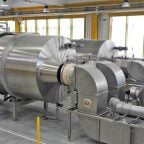 This week I look at the malting process, how we commonly group malts and the impacts for beer brewing. The Malting Process The malting process starts with raw barley grain, harvested from the field. The grain is dry when brought into the malt house, but the first step is to immerse the grain into water […]
This week I look at the malting process, how we commonly group malts and the impacts for beer brewing. The Malting Process The malting process starts with raw barley grain, harvested from the field. The grain is dry when brought into the malt house, but the first step is to immerse the grain into water […] Dozens of U.S. growers supply breweries with high-quality hops. These hop farms are often family-run, and count their acreage in double-digits vs. thousands.
The post Craft Hop Growing in the U.S. appeared first on CraftBeer.com.
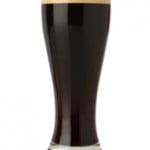 This week I take a look at the Dunkles Bock beer style from Northern Germany and examine its history and how to brew one. Dunkles Bock is a dark, strong, malty German lager. Dunkles Bock History Bock beer traces its history to Einbeck, a small German town between Kassel and Hannover. Brewing records mentioning bock […]
This week I take a look at the Dunkles Bock beer style from Northern Germany and examine its history and how to brew one. Dunkles Bock is a dark, strong, malty German lager. Dunkles Bock History Bock beer traces its history to Einbeck, a small German town between Kassel and Hannover. Brewing records mentioning bock […] 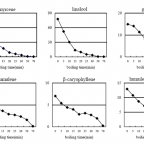 This week I take a look at the reason why most beer brewers have moved to a single boil addition instead of having short duration flavor and aroma hop additions in the boil. The History of Short Duration Boil Additions When I started brewing back in 1987 it was very common to use short duration, […]
This week I take a look at the reason why most beer brewers have moved to a single boil addition instead of having short duration flavor and aroma hop additions in the boil. The History of Short Duration Boil Additions When I started brewing back in 1987 it was very common to use short duration, […] 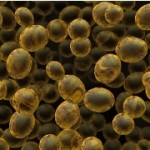 This week I take a look at the key components of a brewing yeast data sheet and how to apply them when brewing beer. Yeast Data Sheets With the explosion of information available to home brewers, many yeast labs are now providing detailed data on the performance of their yeast strains. Virtually all yeast labs […]
This week I take a look at the key components of a brewing yeast data sheet and how to apply them when brewing beer. Yeast Data Sheets With the explosion of information available to home brewers, many yeast labs are now providing detailed data on the performance of their yeast strains. Virtually all yeast labs […] (Waitsfield, VT) – Lawson’s Finest Liquids is welcoming spring with a first-time distribution of its most sought-after specialty beer — Double Sunshine with Ruby Red Grapefruit. The double IPA bursting with fresh ruby red grapefruit flavor and aroma will be available for a limited time at retailers across Lawson’s Finest Liquids nine-state distribution area (VT, […]
The post Lawson’s Finest Liquids Welcomes Double Sunshine with Ruby Red Grapefruit appeared first on The Full Pint - Craft Beer News.
As if the countless American IPA iterations were not enough to satiate a hophead’s palate, a new one—dubbed Cold IPA—lingers bitterly on the horizon.
The post Is Cold IPA Really a New Beer Style (and Does that Even Matter)? appeared first on CraftBeer.com.
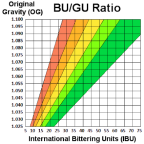 This week I take a look at some of the factors affecting how bitterness in beer is perceived and how they interact in a finished beer. Bitterness Perception in Beer For many years, I thought that the International Bitterness Units (IBU) level drove the overall bitterness level in a finished beer. As I matured as […]
This week I take a look at some of the factors affecting how bitterness in beer is perceived and how they interact in a finished beer. Bitterness Perception in Beer For many years, I thought that the International Bitterness Units (IBU) level drove the overall bitterness level in a finished beer. As I matured as […]  This week I take a look at some of the recent research into dry hopping during active fermentation to create tropical and fruity flavors in beer. Fruity IPAs and New England IPAs There has been an explosion of recent research into hop utilization to maximize fruity and tropical flavors that are characteristic of popular fruity […]
This week I take a look at some of the recent research into dry hopping during active fermentation to create tropical and fruity flavors in beer. Fruity IPAs and New England IPAs There has been an explosion of recent research into hop utilization to maximize fruity and tropical flavors that are characteristic of popular fruity […] Brewed for that long weekend, the camping trip, the holiday on the coast, or just a weekend at home.
The post Coaster Beer – Undeniably Good appeared first on Beer & Brewer.
Revamped Redback strikes the balance between a sparkling Summer Ale and a Belgian Wheat.
The post Matilda Bay reimagine Redback for Summer appeared first on Beer & Brewer.
Tis’ the season for some craft-beer delight and gathering ‘round a table full of holiday cheer as celebrations begin with family and friends from far and near. Ooof. OK. Let’s pause here for a minute on the Hallmark movies, whole nut displays no one ever eats, and fruit cake. Let’s talk beer. And let’s make […]
The post ‘Tis the Season to Be Beery appeared first on CraftBeer.com.
Brewery adds another Japanese beer to its stable after 2011 deal to make and sell Sapporo.
The post Coopers secures local rights to Yebisu Premium appeared first on Beer & Brewer.
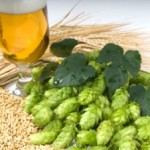 This week I take a look at how well hop oils survive the brewing process to make it into the finished beer. Some oils and hop varieties do much better depending upon when they are added when brewing. What is Aroma Oil Survivability? Aroma oil survivability is simply a measure of how well an aroma […]
This week I take a look at how well hop oils survive the brewing process to make it into the finished beer. Some oils and hop varieties do much better depending upon when they are added when brewing. What is Aroma Oil Survivability? Aroma oil survivability is simply a measure of how well an aroma […] Headed south to the Gulf Coast? Interstate 65 offers up several great craft beer cities to quench your thirst as you stop for the night.
The post The I-65 Craft Beer Route appeared first on CraftBeer.com.
(SAN DIEGO, CA) – Ballast Point announced this week the release of its refreshing seasonal specialty beer, simply: Blood Orange Lager. Made in the Pilsner style, Blood Orange Lager is light and crisp with a prominent aroma of blood orange and citrus. This pils is lightly hopped with Motueka hops from New Zealand which balance […]
The post Ballast Point Introduces New Seasonal Blood Orange Lager appeared first on The Full Pint - Craft Beer News.
 This week I cover some of the basic concepts of using fruit in BeerSmith for making beer, wine, cider or meads. Fruit Basics BeerSmith 3 supports the use of fruit juice, purees, honey and whole fruits natively when making beer, mead, wine and cider recipes. Typically most fruits are added during primary or secondary fermentation. […]
This week I cover some of the basic concepts of using fruit in BeerSmith for making beer, wine, cider or meads. Fruit Basics BeerSmith 3 supports the use of fruit juice, purees, honey and whole fruits natively when making beer, mead, wine and cider recipes. Typically most fruits are added during primary or secondary fermentation. […] 